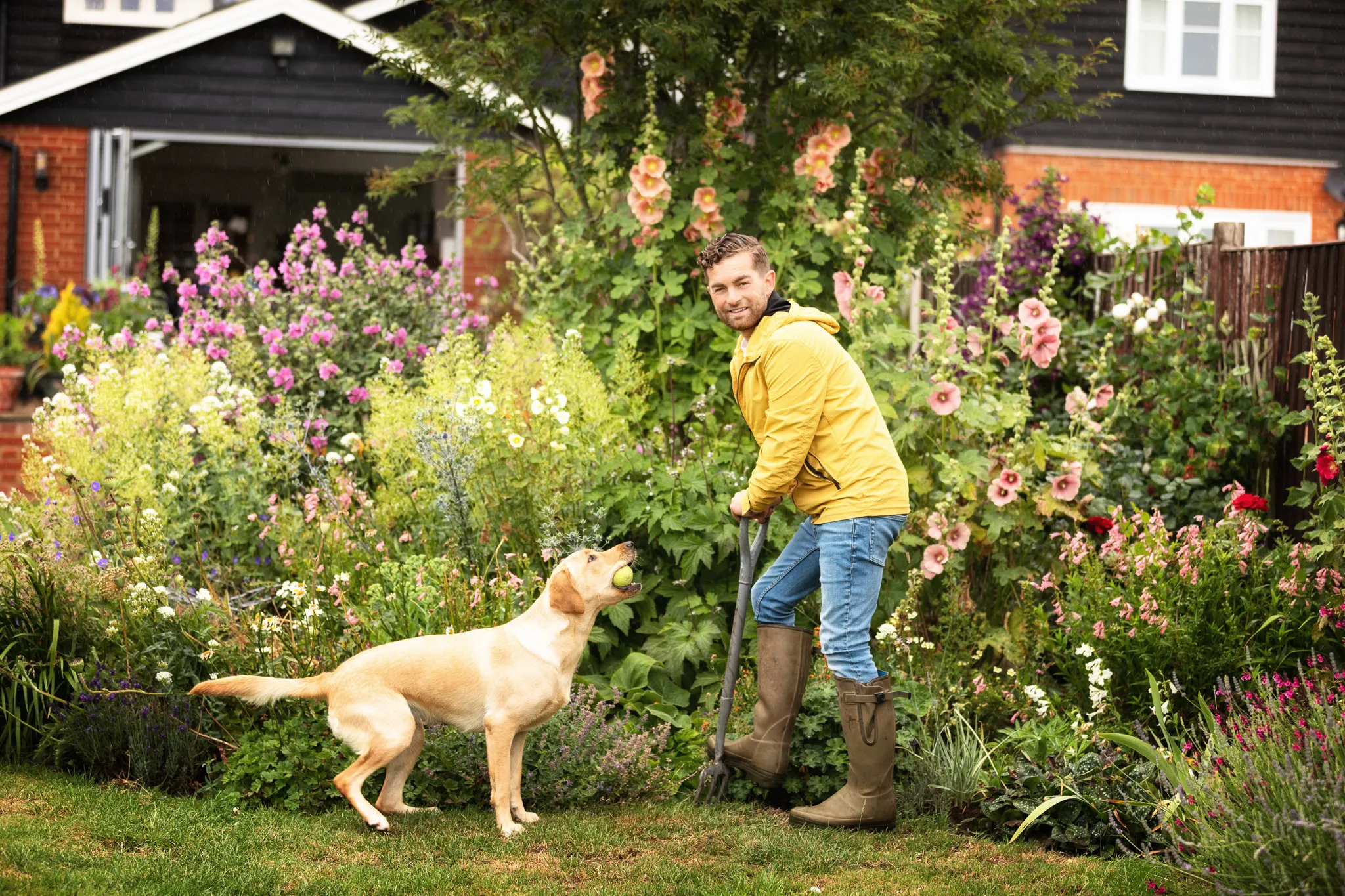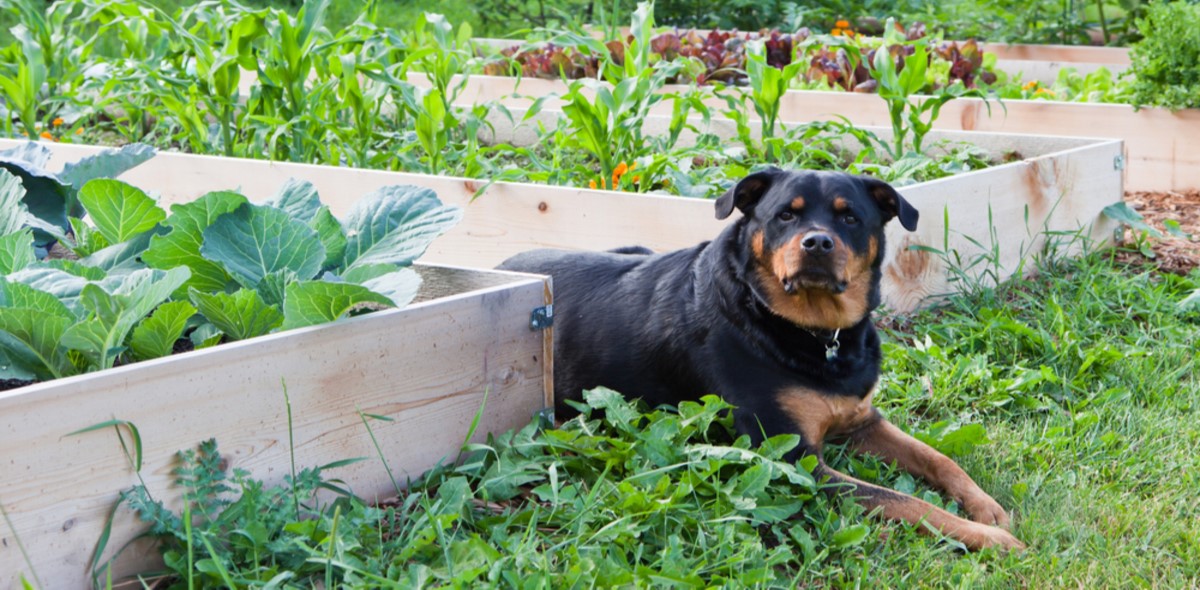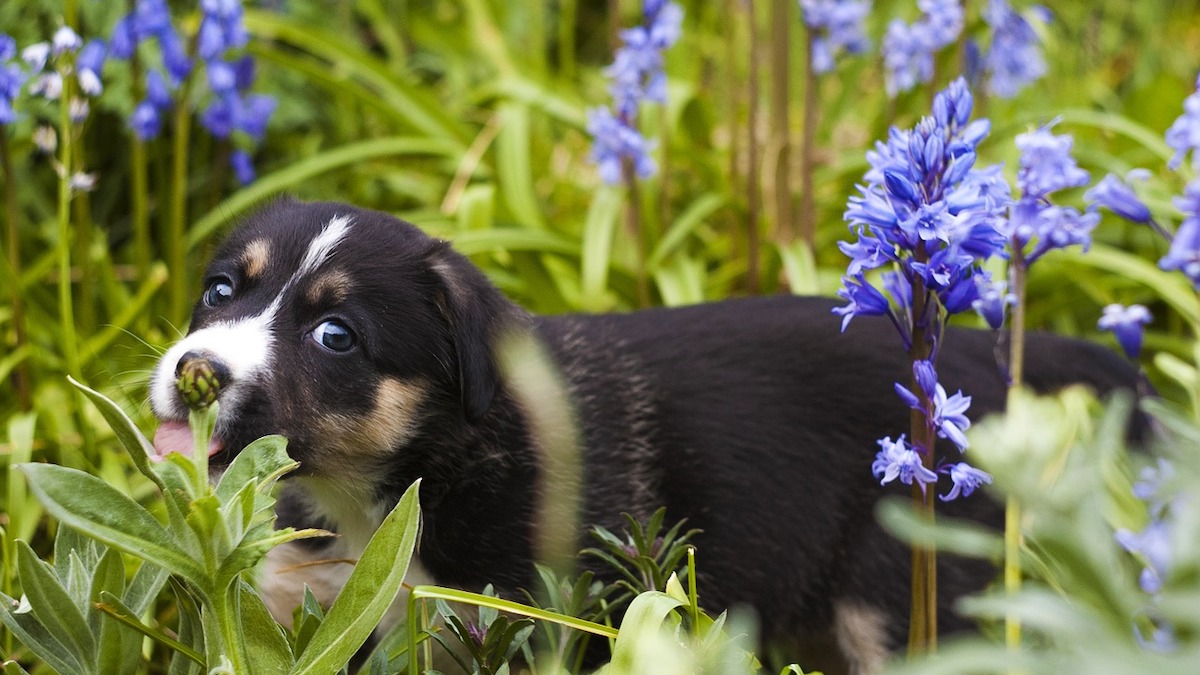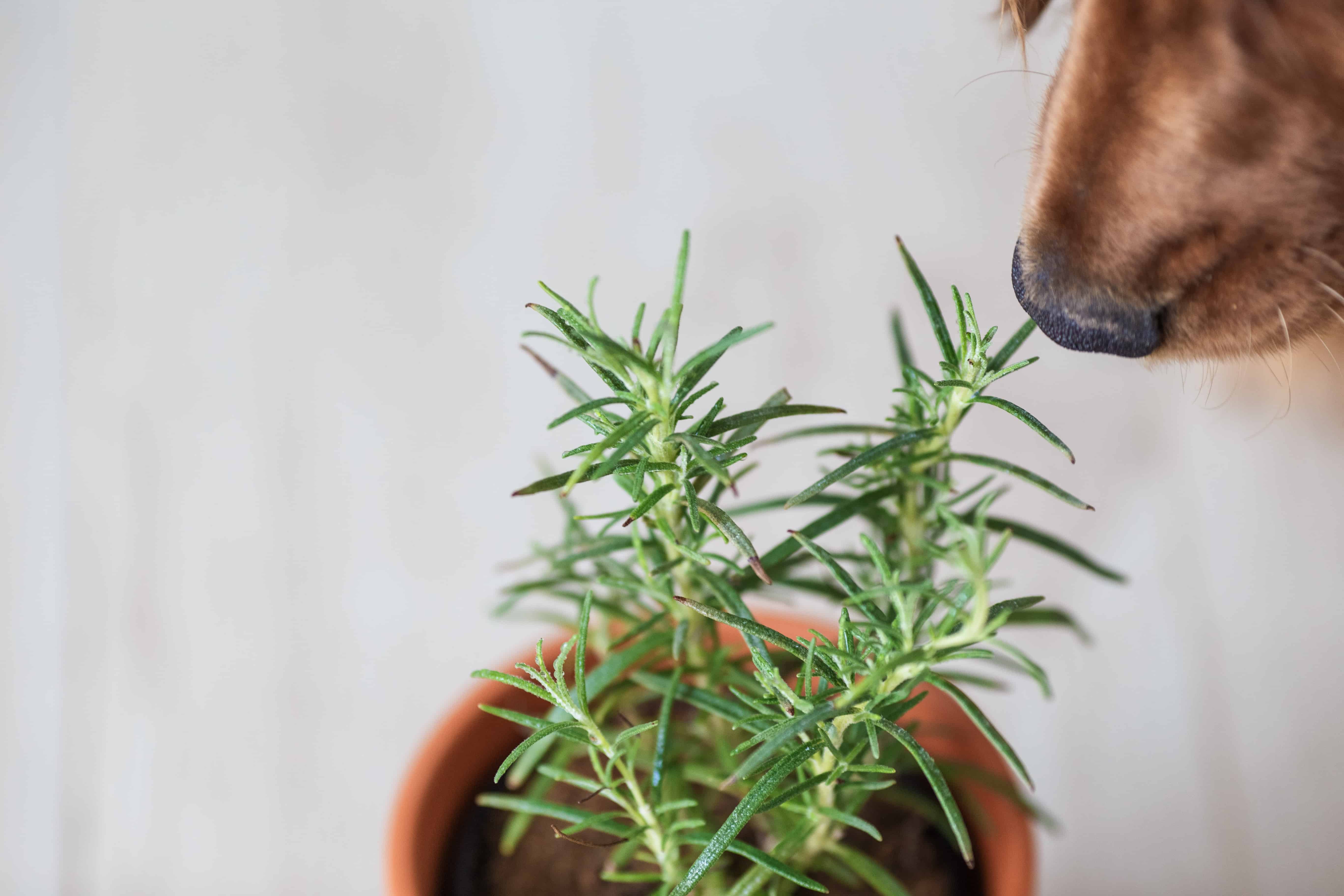Home>Gardening Basics>Understanding Soil>How To Neutralize Dog Urine In Soil


Understanding Soil
How To Neutralize Dog Urine In Soil
Published: February 8, 2024
Learn how to neutralize dog urine in soil and protect your garden. Understand soil composition and how to maintain a healthy environment for your plants.
(Many of the links in this article redirect to a specific reviewed product. Your purchase of these products through affiliate links helps to generate commission for Chicagolandgardening.com, at no extra cost. Learn more)
Table of Contents
Introduction
Understanding Soil and Dog Urine Damage
Dog urine can have a significant impact on soil health and plant growth in our yards and gardens. As much as we love our furry friends, their urine can introduce challenges to maintaining a vibrant and healthy outdoor space. Understanding the effects of dog urine on soil and learning how to neutralize and prevent its damage is essential for any pet owner or gardening enthusiast.
The nitrogen content in dog urine is the primary culprit behind its detrimental effects on soil. When dogs urinate on the grass or in garden beds, the concentrated nitrogen can burn the plants and alter the pH levels of the soil. This can result in unsightly brown patches on the lawn and hinder the growth of flowers, vegetables, and other greenery.
In this article, we will delve into the intricacies of dog urine damage to soil and explore effective methods to neutralize its effects. By gaining a deeper understanding of this issue, you will be better equipped to address and mitigate the impact of dog urine on your outdoor space. Additionally, we will discuss preventive measures to minimize future damage, allowing you to create a harmonious environment where your beloved pet and flourishing plant life can coexist. Let's embark on this insightful journey to uncover the secrets of neutralizing dog urine in soil and fostering a thriving outdoor oasis.
Understanding Dog Urine in Soil
When a dog urinates on the soil, the concentrated nitrogen content can lead to an imbalance in the soil’s composition. Nitrogen is a vital nutrient for plant growth, but an excess of it can cause harm. Dog urine contains urea, a compound that breaks down into nitrogen as it decomposes. The high nitrogen levels in the urine can overwhelm the soil, essentially “over-fertilizing” it and causing damage to the plants and grass.
One of the most noticeable effects of dog urine on soil is the formation of brown patches in the grass. This occurs because the nitrogen “burns” the grass, leading to discoloration and stunted growth. In garden beds, the excessive nitrogen can disrupt the balance of nutrients, affecting the overall health of the plants. Additionally, the pH levels of the soil may become more alkaline due to the nitrogen, further impacting the ability of plants to absorb essential minerals.
It’s important to recognize that the size of the dog, the frequency of urination in specific areas, and the dog’s diet can all influence the severity of the damage. Larger dogs and those with high-protein diets tend to produce urine with higher nitrogen concentrations, exacerbating the potential harm to the soil and vegetation.
Understanding the science behind dog urine damage to soil is crucial in formulating effective strategies to mitigate its impact. By comprehending the mechanisms at play, we can implement targeted solutions to neutralize the effects of dog urine and restore the health of the soil and plants.
Neutralizing Dog Urine in Soil
Neutralizing the effects of dog urine in soil involves a multi-faceted approach aimed at restoring the balance of nutrients and pH levels. One effective method is to dilute the urine by immediately watering the affected area. This helps to disperse the concentrated nitrogen and reduce its impact on the soil and plants. Regularly watering the entire lawn or garden can also aid in diluting the urine and preventing localized damage.
Another strategy involves applying gypsum to the affected areas. Gypsum, a natural mineral, helps to counteract the alkalinity caused by the nitrogen in the urine. By incorporating gypsum into the soil, the pH levels can be stabilized, promoting a healthier environment for plant growth. This approach is particularly beneficial for garden beds and areas with a high concentration of dog urine.
Furthermore, the addition of organic matter, such as compost or well-rotted manure, can aid in neutralizing the effects of dog urine. Organic matter serves as a buffer, helping to absorb and balance the excess nitrogen in the soil. It also contributes valuable nutrients and improves the soil structure, fostering a more hospitable setting for plants to thrive.
For more severe cases of dog urine damage, aerating the soil can be beneficial. Aerating involves perforating the soil with small holes to enhance air circulation, water penetration, and nutrient absorption. This process can help to alleviate soil compaction caused by the urine, allowing for improved drainage and the restoration of a healthy soil structure.
It’s important to note that while these methods can help mitigate the effects of dog urine in soil, they may not entirely eliminate the damage. Consistent monitoring and care for the affected areas are essential to promote recovery and prevent long-term harm to the soil and vegetation.
Preventing Future Dog Urine Damage
Implementing proactive measures to prevent future dog urine damage is essential for maintaining a healthy and vibrant outdoor space. One effective approach is to designate specific areas for your dog to urinate. Creating a designated “bathroom spot” for your pet can help concentrate the urine in a controlled area, minimizing its impact on the rest of the lawn or garden. Training your dog to use this designated spot can significantly reduce the spread of urine damage.
Additionally, adjusting your dog’s diet can play a role in mitigating the effects of urine on the soil. Consult with your veterinarian to explore diet options that can help reduce the nitrogen content in your dog’s urine. Lowering the nitrogen concentration can lessen the potential harm to the soil and plants, contributing to a healthier outdoor environment.
Regularly watering the lawn or garden can also aid in diluting the urine and minimizing its impact. Ensuring that the soil receives ample moisture can help disperse the nitrogen and prevent it from accumulating in concentrated areas. This practice is particularly beneficial after your dog has urinated, as immediate watering can help mitigate the effects of the urine.
Exploring alternative ground cover options in areas frequented by your dog can provide a resilient and visually appealing solution. Consider incorporating hardscaping elements, such as gravel pathways or mulched areas, to create low-maintenance zones where dog urine is less likely to cause damage. This strategic landscaping approach can enhance the aesthetics of your outdoor space while safeguarding it from urine-related harm.
Lastly, regular soil testing can provide valuable insights into the health of your lawn or garden. By monitoring the pH levels and nutrient composition of the soil, you can detect early signs of imbalance caused by dog urine and take proactive steps to address any issues. This proactive approach empowers you to make informed decisions and implement targeted solutions to maintain a flourishing outdoor environment.
Conclusion
As responsible pet owners and gardening enthusiasts, understanding the impact of dog urine on soil health is crucial for creating a harmonious outdoor environment. By recognizing the effects of nitrogen-rich dog urine and implementing effective strategies to neutralize its damage, we can foster a thriving landscape where both our beloved pets and vibrant plant life can coexist.
Neutralizing dog urine in soil requires a combination of immediate action and long-term preventive measures. Diluting the urine through prompt watering, incorporating gypsum to stabilize pH levels, and adding organic matter to buffer the soil are valuable tactics for mitigating the effects of dog urine. Additionally, aerating the soil and consistent monitoring of affected areas are essential for promoting soil recovery and preventing persistent damage.
Preventing future dog urine damage involves proactive initiatives such as designating specific bathroom areas for pets, adjusting their diets to reduce nitrogen content, and strategic landscaping to create resilient zones. Regular soil testing and ongoing care for the outdoor space are instrumental in maintaining a healthy environment and addressing any potential issues before they escalate.
By embracing these proactive measures and fostering a deeper understanding of the dynamics between dog urine and soil, we can cultivate a thriving outdoor oasis that reflects the beauty of nature and the joy of pet companionship. Through informed decision-making and a commitment to nurturing our outdoor spaces, we can create a landscape that flourishes in the presence of our beloved canine companions.







